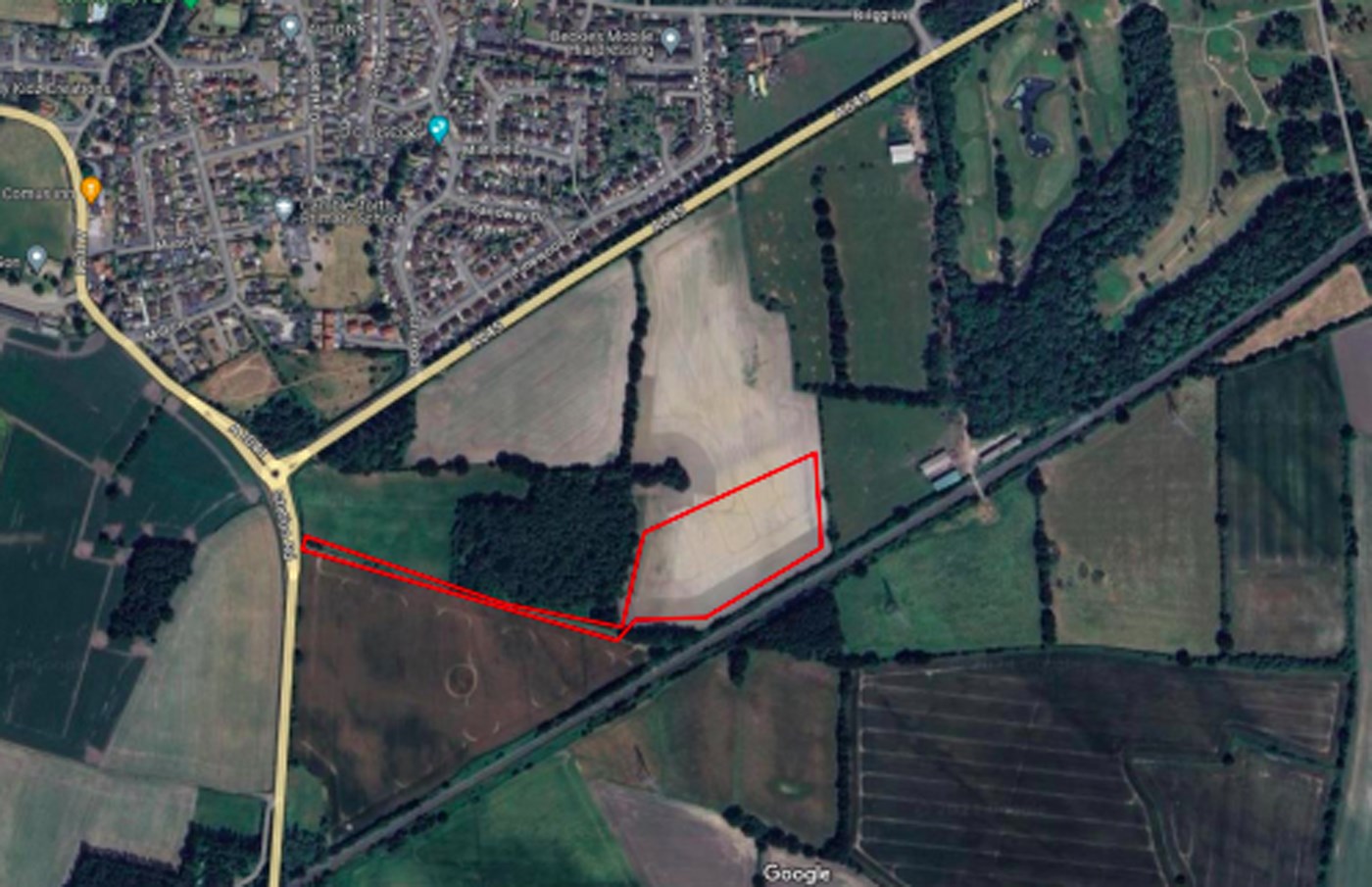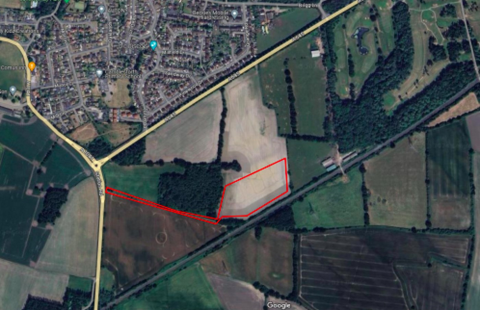

Plans to build a battery energy storage system to the south of Camblesforth have been criticised by a local campaign group, who say the site poses as a “significant fire hazard”.
The site, proposed for land on the east side of Station Road in Camblesforth, would extend approximately three hectares and will comprise of 12 battery clusters, installed alongside transformers and a number of switchrooms.
Developer Root-Power (North) Limited - which is part of the YLEM Energy Group - said the area would be surrounded by a four metre-high acoustic barrier fence to the north and the east, with a 2.5 metre-high V Mesh fence placed along the compound’s south and west side.
The BESS would be connected to Drax substation - approximately a mile away from the site, and would sit on Grade 3 agricultural land, which Root-Power insists would be returned once the development has reached its 40-year lifespan.
The plans, submitted to North Yorkshire Council in October 2024, have not been without controversy.
Concerns relating to fire safety, noise, and the combined impact of solar farms already approved for the Camblesforth area feature among local campaigners’ worries.
A representative for local campaign group HALT, Pam Spreckley, told the Selby Times: “We’re utterly terrified.
“The more we learn about BESS, the worse it becomes.
“The fire risks remain high, and as we have seen with the battery-storage plant fire in California this January, would send up plumes of toxic smoke - which if inhaled by residents even two to three miles away, could cause serious harm.”
A spokesperson for Root-Power said the safety and wellbeing of local residents is the company’s “top priority”.
The spokesperson added: “We are committed to working closely with key stakeholders to ensure our projects meet the highest safety and environmental standards.
“Following planning consent, we will collaborate with North Yorkshire Fire and Rescue Service to develop a comprehensive emergency response plan and undertake a detailed risk assessment.
“Our design already incorporates direct measures to manage and contain contaminated fire water in the highly unlikely event of a fire, and we have followed National Fire Chiefs Council (NFCC) guidance wherever possible — including ensuring an adequate on-site water supply.”
The BESS facility, Root-Power said, would be safeguarded by two water tanks and/or a fire hydrant “right outside” the fenced compound.
A spokesperson said: “The battery energy storage units have been specified with the latest safety technology, including integrated fire suppression systems and automatic shutdown mechanisms. “North Yorkshire Fire and Rescue Service has been consulted during the planning process and has raised no objections to the proposals.”
Despite this, Pam said that having conducted “extensive research”, the group had found that lithium-iron batteries are “intrinsically unstable, fire prone and notoriously difficult to extinguish”.
She pointed to a fire that occurred within a container at a BESS site in Liverpool in 2020 which, according to a report provided by Merseyside Fire and Rescue Service, took 59 hours to extinguish and created a “significant blast”.
Pam said: “The fire suppression measures were found to be ineffective and the Fire and Rescue Service were inadequately informed and prepared.
“It was also noted that water and hydrogen fluoride gas combined together to form hydrofluoric acid, which is extremely corrosive and can dissolve concrete and whose fumes are fatal to life.”
During a hearing in March 2025, representatives for Helios Renewable Energy Project addressed the concerns relating to the fire in Liverpool, and said: “Technology has moved on significantly in the last four years.
“The fire was in September 2020 and this was a wake-up call for the UK Fire Rescue Service.
“In the fire these were containers that had been retrofitted, whereas modern BESS containers are bespoke and built for purpose.
“Most planners are now also liaising with the local Fire and Rescue Service which was not standard practice when that scheme was consented and implemented.”
At the time of publication, 39 objections had been filed on the council’s planning portal.
For more on this, please visit www.northyorks.gov.uk/planning-and-conservation/view-and-comment-planning-applications.
The plan can be found by searching for ZG2024/1052/FULM.
(15-05-210 SU)



